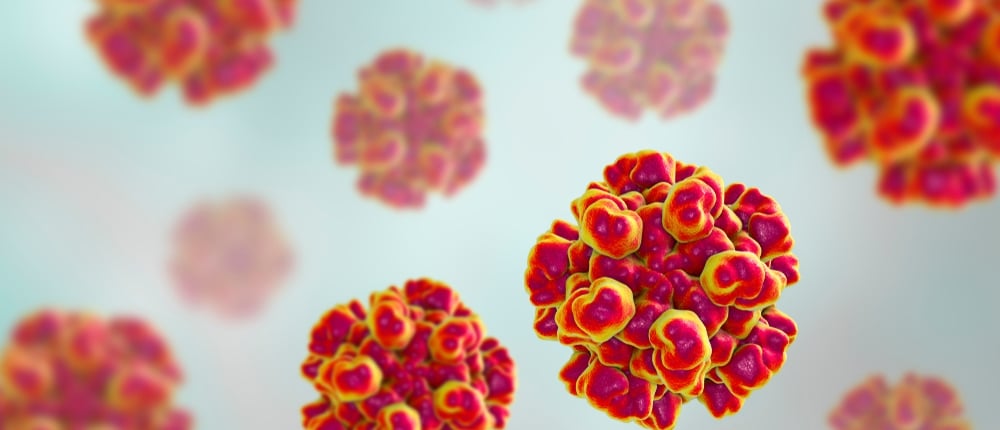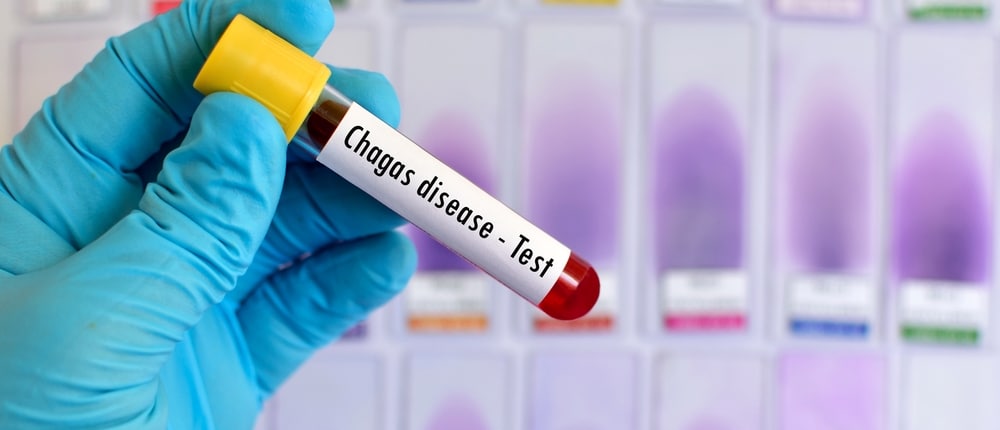
5 Disturbing Facts About Blood-borne Pathogens in Medical Waste
An estimated 16 billion needle injections are administered every year worldwide. While that number is staggering by itself, the related statistics regarding bloodborne pathogens in the amount of medical waste that produces can be disturbing.
Disturbing Fact #1:
The Centers for Disease Control reports that every year in the United States, approximately 500,000 people become infected by bloodborne pathogens. When it comes to bloodborne pathogens in medical waste, the cause is most often due to accidental or infected needle-sticks. These injuries typically occur due to the failure to dispose of needles and syringes safely.
Disturbing Fact #2:
According to a WHO study, “A person who experiences one needle-stick from a needle used on an infected patient faces a 30% risk of contracting hepatitis B virus (HBV), 1.8% risk of hepatitis C virus (HCV), and a 0.3% chance of becoming infected with the human immunodeficiency virus (HIV).”
Although HBV, HCV and HIV are the most well-known bloodborne pathogens in medical waste, the CDC reports there are more than 20 types of bloodborne pathogens that can be unwittingly contracted through accidental needle-sticks and sharps injuries caused by incorrectly disposed of medical waste!
Disturbing Fact #3:
According to the Liver Foundation, “Approximately 4 million Americans are currently infected with HCV, and an estimated 36,000 to 242,000 new infections occur in the United States each year.”
- Of these, almost 80% develop chronic hepatitis
- Of those, 70% develop active chronic liver disease.
- Of those, up to 20% develop cirrhosis and up to 5% develop liver cancer.
It’s the most common cause for liver transplants in the United States. Even so, 8,000 to 10,000 people still die from chronic liver disease each year.
Disturbing Fact #4:
Each year, about 40,000 individuals contract HIV. Individuals who have contracted HIV are at risk for the virus to attack the body’s immune system, triggering Acquired Immune Deficiency Syndrome (AIDS), a condition for which there is presently no vaccine nor cure. As symptoms can take an extended time to appear, many people who have HIV may be completely unaware.
Disturbing Fact #5:
Healthcare professionals are at high risk for sharps injuries. In fact, more than 50% of all nurses will experience one during his/her career. In large hospitals, physicians account for 46% of sharps injuries. However, most such injuries – by both nurses and physicians – go unreported. Underreporting of sharps injuries is expected at 22% to 99%.
Phlebotomists – those responsible for conducting blood draws for a variety of purposes – often experience sharps injuries during or even after the disposal of needles and syringes. This is usually due to sharps containers that are over 2/3 or ¾ full.

Contain Blood-borne Pathogens in Medical Waste
The risks of contracting life-threatening viruses due to accidental punctures from contaminated needles and other sharps are great. Ensure your medical team is aware and well-trained on the health hazards related to bloodborne pathogens in medical waste created in your facility.
In addition to proper training, avoid creating dangerous situations by putting sufficient priority on the management of your facility’s healthcare waste. It is important to select a safe, affordable, and environmentally-friendly medical waste destruction company to collect, handle, store, transport, treat and dispose of your sharps and other medical waste.
Learn more about how you can have the ultimate peace of mind regarding your sharps and medical waste destruction with SecureMed today!







